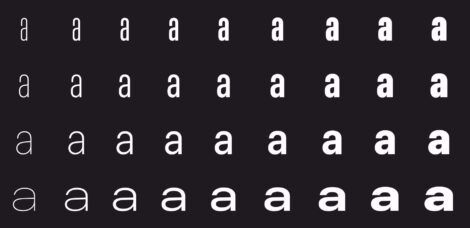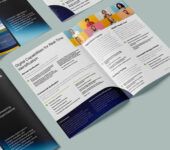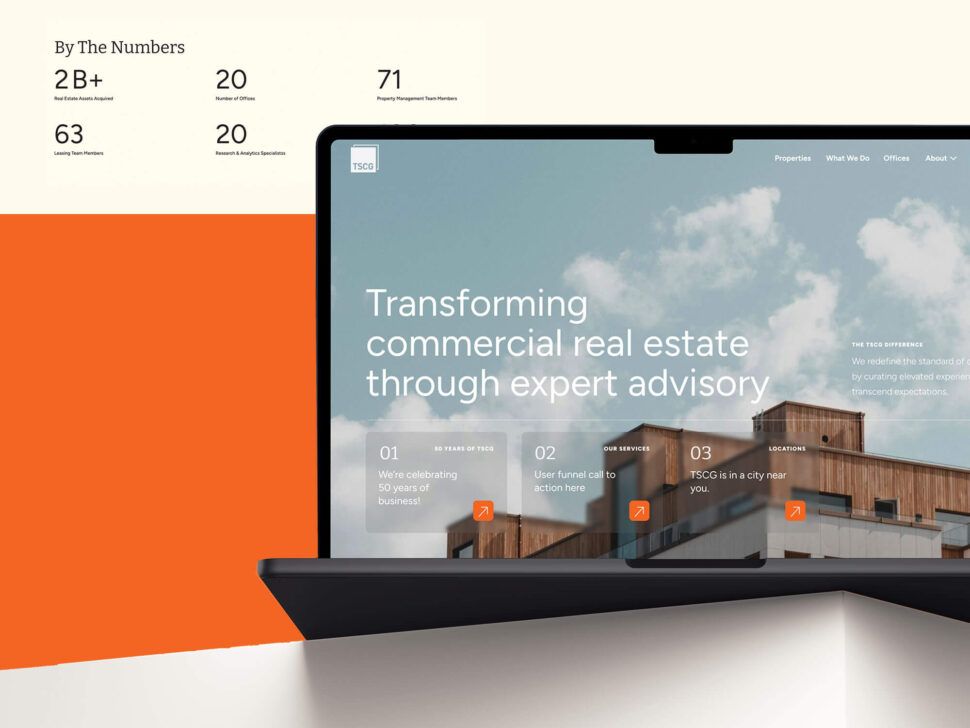
Business owners and marketing professionals often face the challenge of deciding between print and digital design for their marketing collateral. Both have their own sets of advantages and limitations. In this article, we discuss the pros and cons of print vs. digital design to help you make an informed decision.
Understanding Print Design
Print design encompasses everything from brochures and business cards to posters and billboards. Let’s delve into its benefits and drawbacks.
Pros of Print Design
- Tangible Impact: Print materials can be touched, held, and even smelled, creating a multi-sensory experience that digital cannot replicate.
- Credibility: High-quality print materials can add a sense of professionalism and credibility, especially in industries where physical presence matters.
- Memorability: Print materials often leave a lasting impression, as people tend to remember information better when it is presented in a physical format.
Cons of Print Design
- High Costs: Designing, printing, and distributing print materials can be expensive, particularly for small businesses or startups.
- Limited Reach: Print design typically confines your reach to a specific geographical area, unlike digital design which can be global.
- Lack of Interactivity: Print materials cannot offer interactive elements such as videos, links, or real-time updates.
Exploring Digital Design
Digital design pertains to anything viewed on a screen, such as websites, social media graphics, and digital advertisements. Here are the advantages and disadvantages of digital design.
Pros of Digital Design
- Cost-Effective: While initial design costs may apply, digital media eliminates the need for printing and distribution expenses.
- Wide Reach: Digital design can reach a global audience through various online platforms, expanding your potential customer base.
- Interactivity: Digital mediums allow for interactive experiences, such as clickable links, videos, animations, and more.
- Real-Time Updates: Digital content can be updated instantly, ensuring your audience always has the latest information.
Cons of Digital Design
- Overwhelming Competition: The digital space is crowded, making it challenging to stand out and capture attention.
- Short Attention Span: Online users typically have shorter attention spans, requiring engaging and concise content.
- Technical Issues: Various technical aspects, such as loading times and compatibility across devices, can affect the user experience.
The Best Approach: Combining Print and Digital Design
Ideally, a successful marketing strategy incorporates both print and digital design, leveraging the strengths of each. By doing so, businesses can reach a broader audience, adapt to different preferences, and create a more versatile and effective marketing campaign.
At Visual Soldiers, we specialize in providing expert creative services that blend print and digital design seamlessly, ensuring your brand is impactful across all platforms. Our team of professionals understands the nuances of both mediums and can help you achieve your marketing goals.
Conclusion
In the debate of print vs. digital design, there is no one-size-fits-all answer. Both have unique advantages and drawbacks that should be considered based on your specific needs and objectives. Combining both mediums often yields the most effective results, providing a balanced approach that maximizes reach and engagement. Ready to explore how a mixed strategy can benefit your business?







